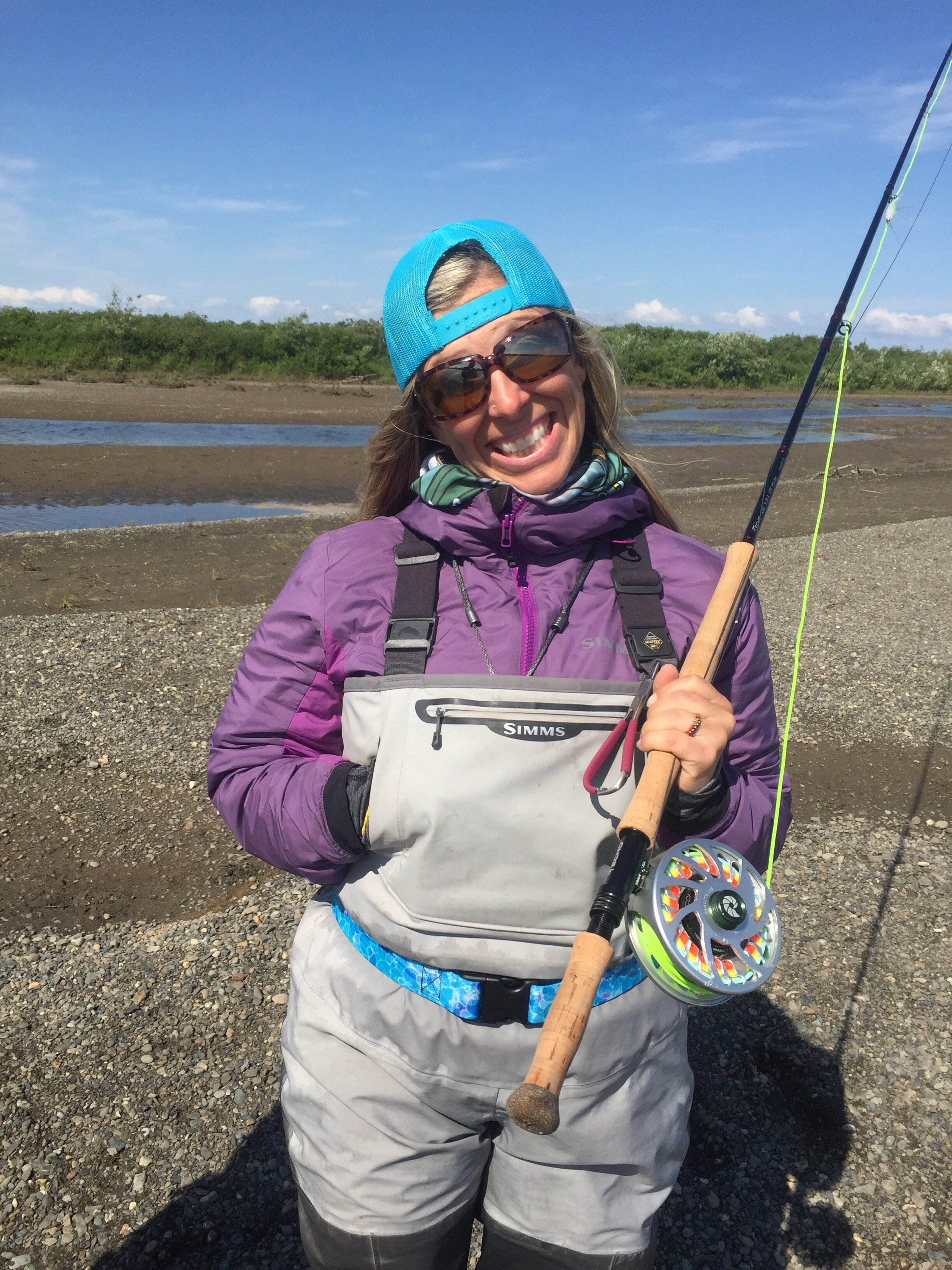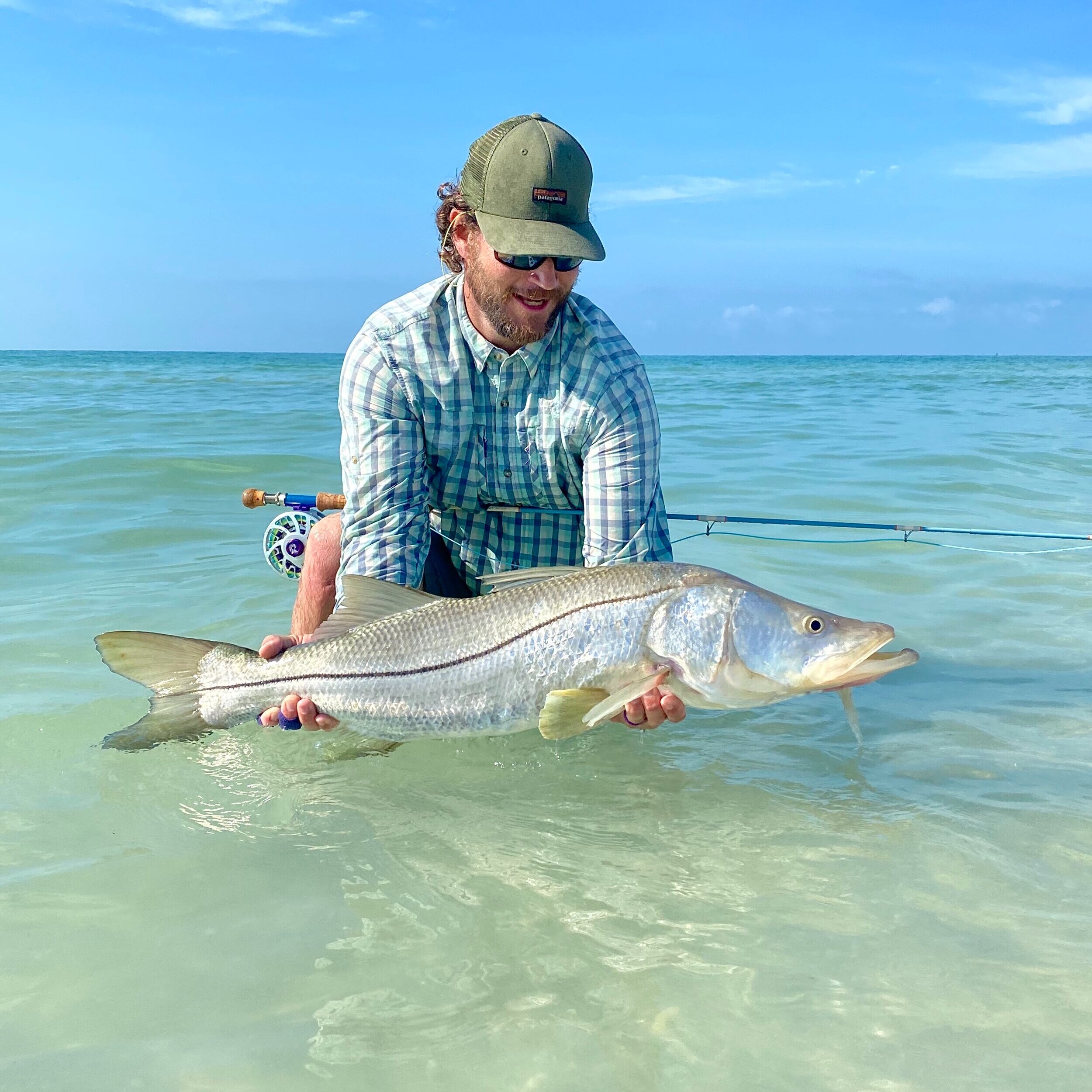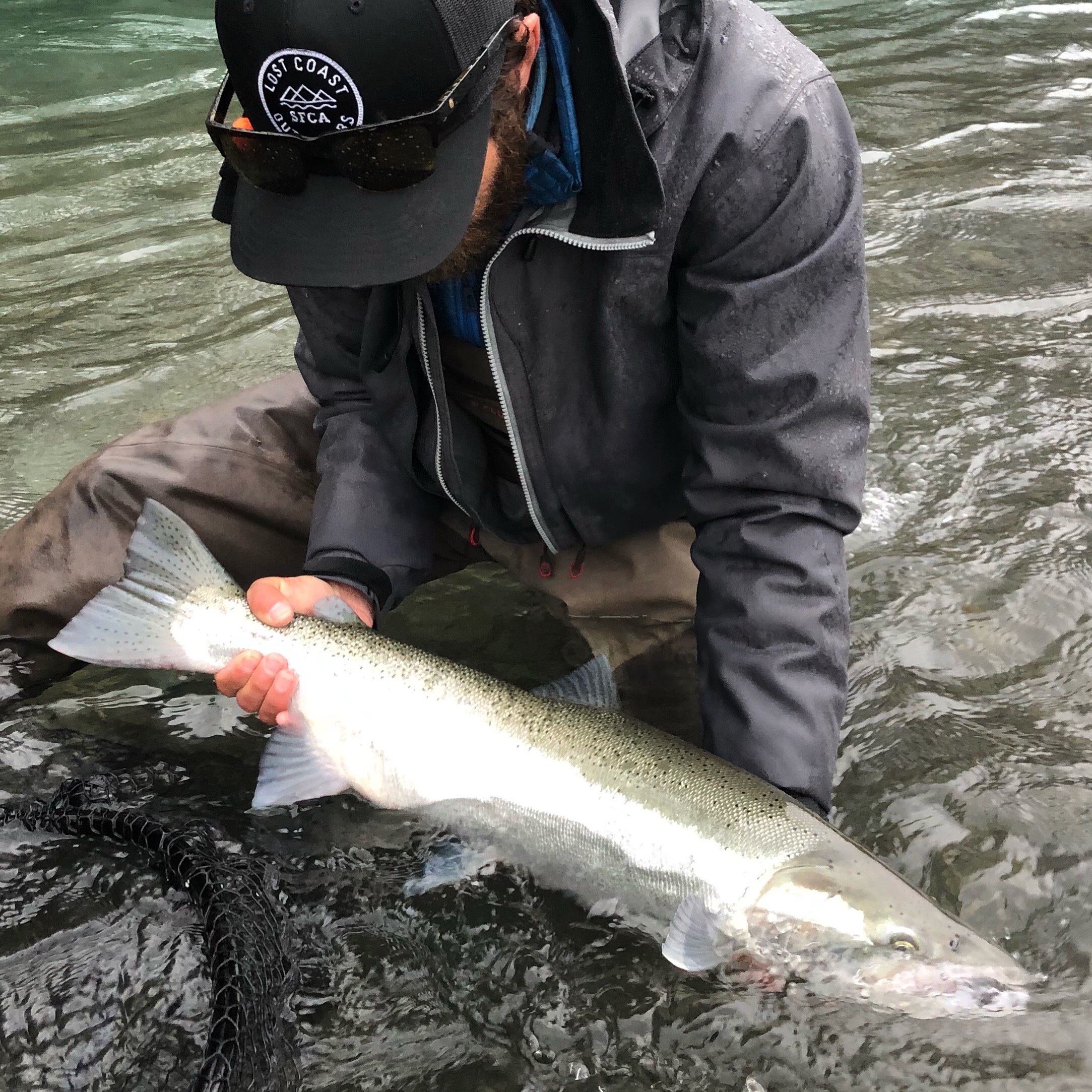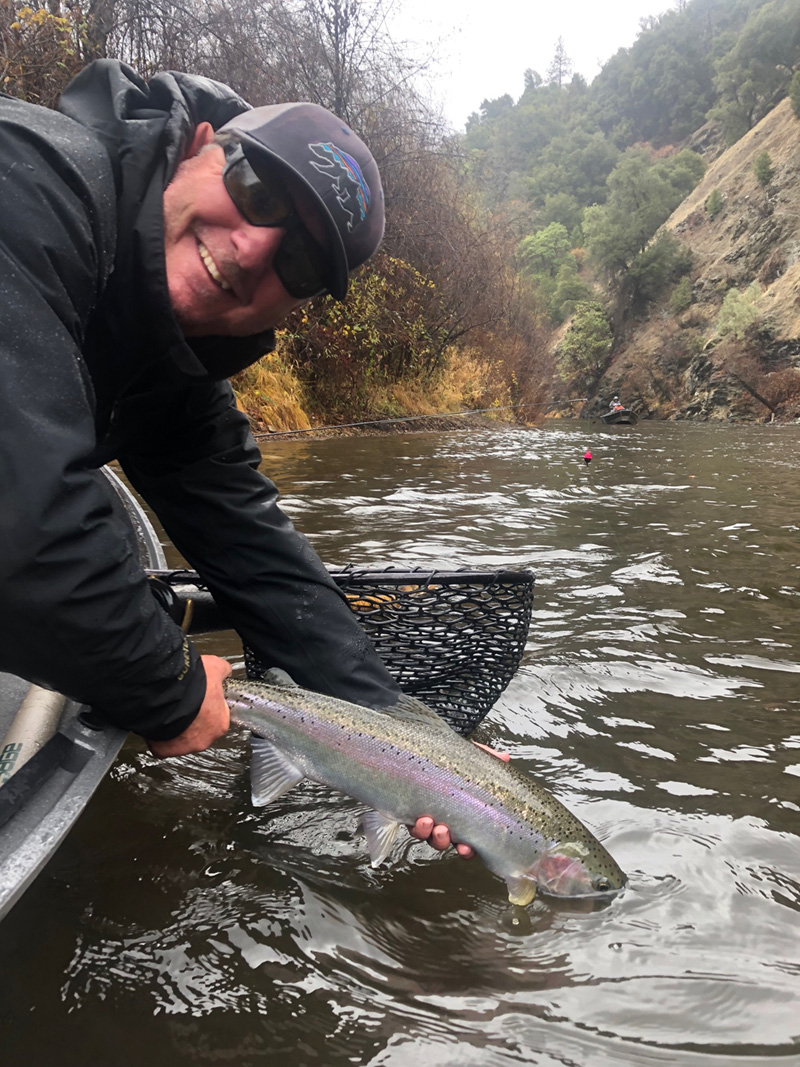Information about the Jungle Tarpon Reserve can be found here.
Information about Las Pampas Lodge can be found here.
Raffle Rules
The raffle are being conducted by Keep Fish Wet, Inc., a non-profit 501(c)3 organization under the laws of the State of Idaho.
Ticket purchaser must be 18 years of age or older to participate.
There is no limit to the number of tickets one (1) person may purchase.
Raffle tickets are $20.00 each. Raffle tickets may be purchased at www.keepfishwet.org. By IRS declaration, ticket purchases for valuable prizes are not eligible for charitable tax deductions.
Odds of winning are dependent on the number of valid entries.
All ticket orders must be received with full payment no later than 11:59PM EST on December 14, 2020 or before all tickets have been sold, whichever comes first, to be entered into the drawing.
Prizes to be given away in the raffles include:
Drawings will be held on December 9, 2021. The winner will be determined by random drawing.
Winners need not be present to win. Winners will be notified by via email within 7 days of the drawing. Winners agree to allow use of their name or likeness for publicity purposes without compensation.
Keep Fish Wet will pay to ship prizes to winners at shipping addresses within the United States. Shipping costs, duty, and customs fees to any location outside of the US are the sole responsibility of the winner.
The winners are solely responsible for all local, state and federal taxes, title, transfer fees, license duties, insurance, international duties, customs fees, and all expenses incurred in claiming prizes. The winners understand, acknowledge, and agree that the winners are receiving a prize and will hereby release and discharge Keep Fish Wet, Inc., and any additional sponsors, their employees, agents, officers, directors and legal representatives and assigns from any and all claims, liabilities, damages, losses or expenses arising from or caused by the award of such prizes, including, but not limited to the payment of any and all taxes that are due.
Prize must be claimed within 30 days of drawing. Any unclaimed prize after that date will constitute forfeiture and be transferred to Keep Fish Wet, Inc. as a donation.
Keep Fish Wet, Inc., its Board of Directors, and its agents assume no liability for lost, late, misdirected, mutilated, incomplete, illegible, or entries without payment which will be deemed invalid and disqualified.
The employees, board members, and Ambassadors of Keep Fish Wet, Inc., at their discretion, may participate in the raffle.
The decisions and rules of Keep Fish Wet, Inc. are final on all matters concerning the raffle.
Void where prohibited by law.
A copy of these rules is posted at www.keepfishwet.org.

































